home |
avr microcontroller & DIY electronics |
toolbox |
science club |
tuxtalk |
photos |
e-cards |
Online-Shop

no preservatives added blog |
computer and graphics corner |
herbal treasure chest |
splash into math |
stardust |
periodic table
queen anne's lace (daucus carota)
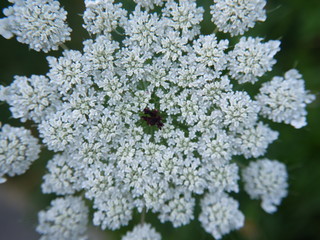
how to grow:
Queen Anne's Lace can easily be grown from seeds. It is a biennial plant but kind of self seeding. So even if you don't plant it again it will probably come again each year just not in the same spot. Queen Anne's Lace is hardy in US zones 3-10. It loves full sun and can be quite invasive if you let it spread. However if you don't want the plants anymore you can easily mow them down and they are gone.
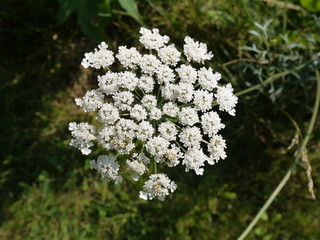
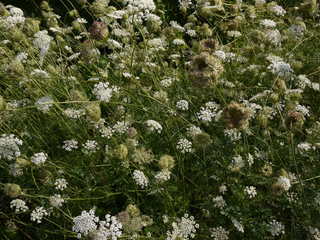
medicinal properties:
The seeds can be used for birth control. In the book Natural Liberty the authors say that women from the Appalachian Mountains in the US have used Queen Anne's Lace for this purpose for hundreds of years. They gather and dry the seeds when they are ripe in autumn and store them for use during the year.
The authors advise us to put 1 teaspoon (3g) of (dried) Queen Anne's Lace seeds into a glass of water and drink it the day or morning after unprotected intercourse (less than 12 hours after).
The herbalist and wisewoman Rose Robin Bennett also studied Queen Anne's Lace with a group of women. In her group the women mostly took wild carrot tincture, 15 drops of flower and 15 drops of seed, every 8 hours, 3 times after each occasion of intercourse. Queen Anne's Lace as birth control was successful at least 94.375% of the time (see references below for a link to a report of the study).
In Natural Liberty on page 258 the authors explain that Queen Anne's Lace works by preventing the implantation of the egg as the terpenoids in the seeds block the progesterone receptor site in the uterine lining and so the uterus cannot make a nutritive bed for the fertilized ovum. That means, if the egg can't implant no pregnancy can occur.
In folk medicine Queen Anne's Lace is also used for treating dropsy (accumulation of fluid in the tissues resulting in swellings), gout, chronic kidney diseases and bladder problems. On the botanical.com website it is recommended to make an infusion or tea using 30ml of the herb (the whole herb, not just the seeds) with 1/2 liter of boiling water.
The site also says that a poultice made of the roots can relieve the pain of cancerous ulcers and that the leaves applied with honey can soothe external sores and ulcers.
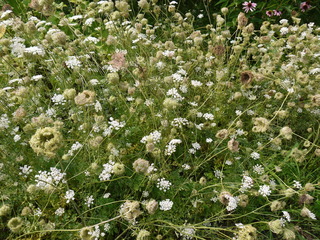
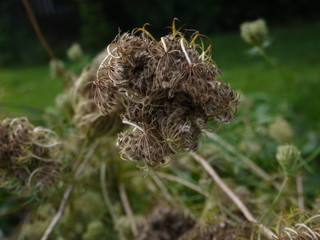
cautions and possible side effects:
- Be careful not to confuse Queen Anne's Lace with poison hemlock or water hemlock.
- Women with gallstones or kidney problems should not use this herb.
- Don't use during pregnancy.
- Queen Anne's Lace is an estrogenic herb and therefore shouldn't be taken if you are already taking a birth control pill or blood pressure medications.
- You also shouldn't take it if you have just stopped taking the birth control pill or if you have just given birth or had a miscarriage. You should wait some time until your body is in its normal cycle again.
- Stop using when you feel that your body doesn't like it. You then need to find something else to use.
- The seeds might be less effective when used on a daily basis so only use them when needed.
- And finally: if you do try Queen Anne's Lace as birth control you are doing this on your own risk. I can't take any responsibility for it working or not for you, I only try to give you some useful information.
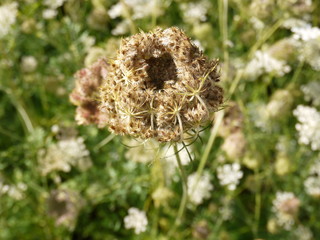
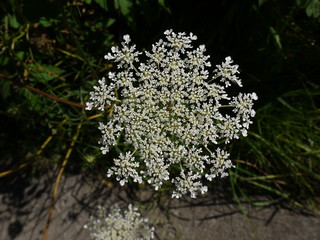
further reading:
Copyright © 2004-2025 Katja Socher, tuxgraphics.org








